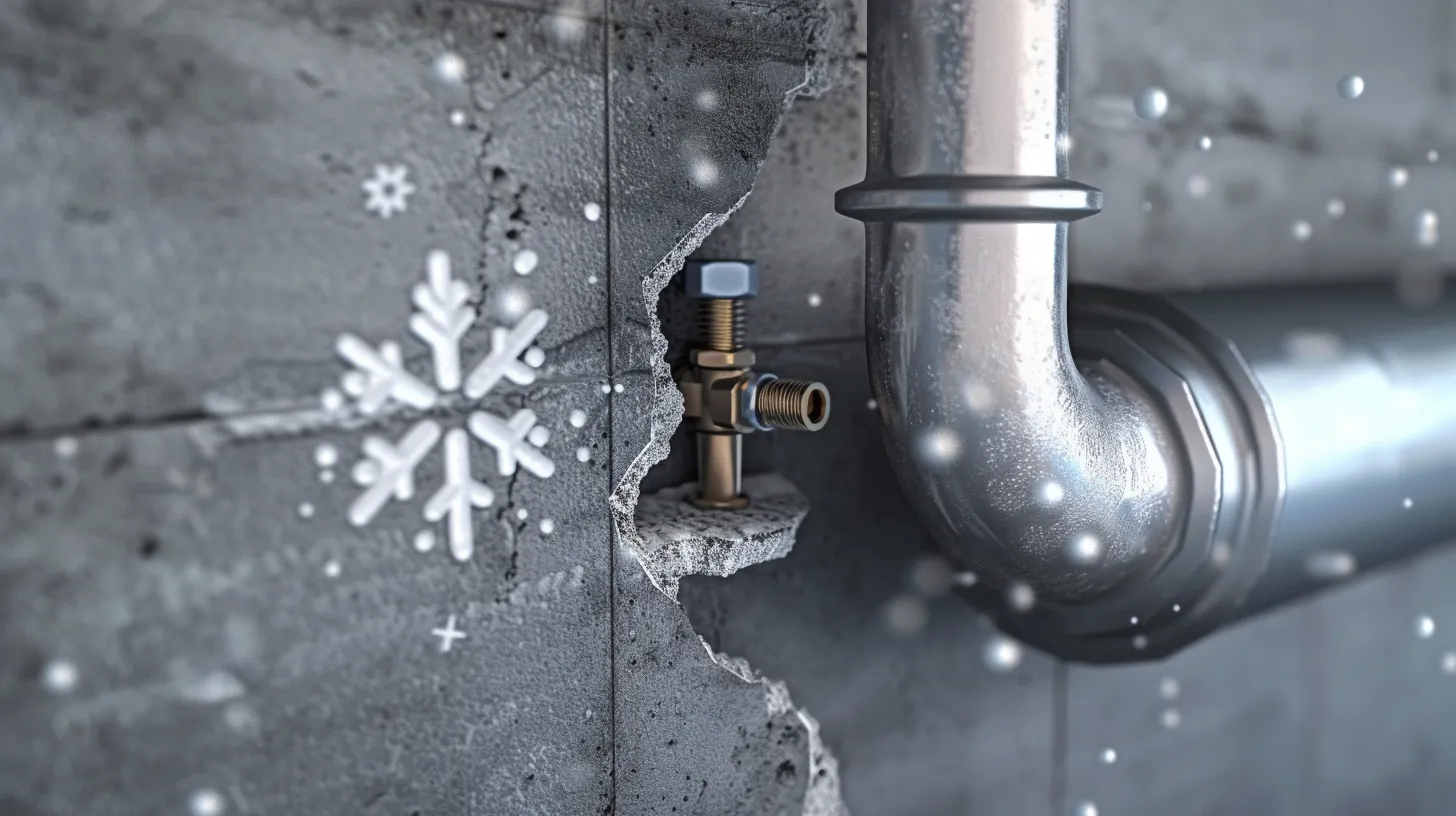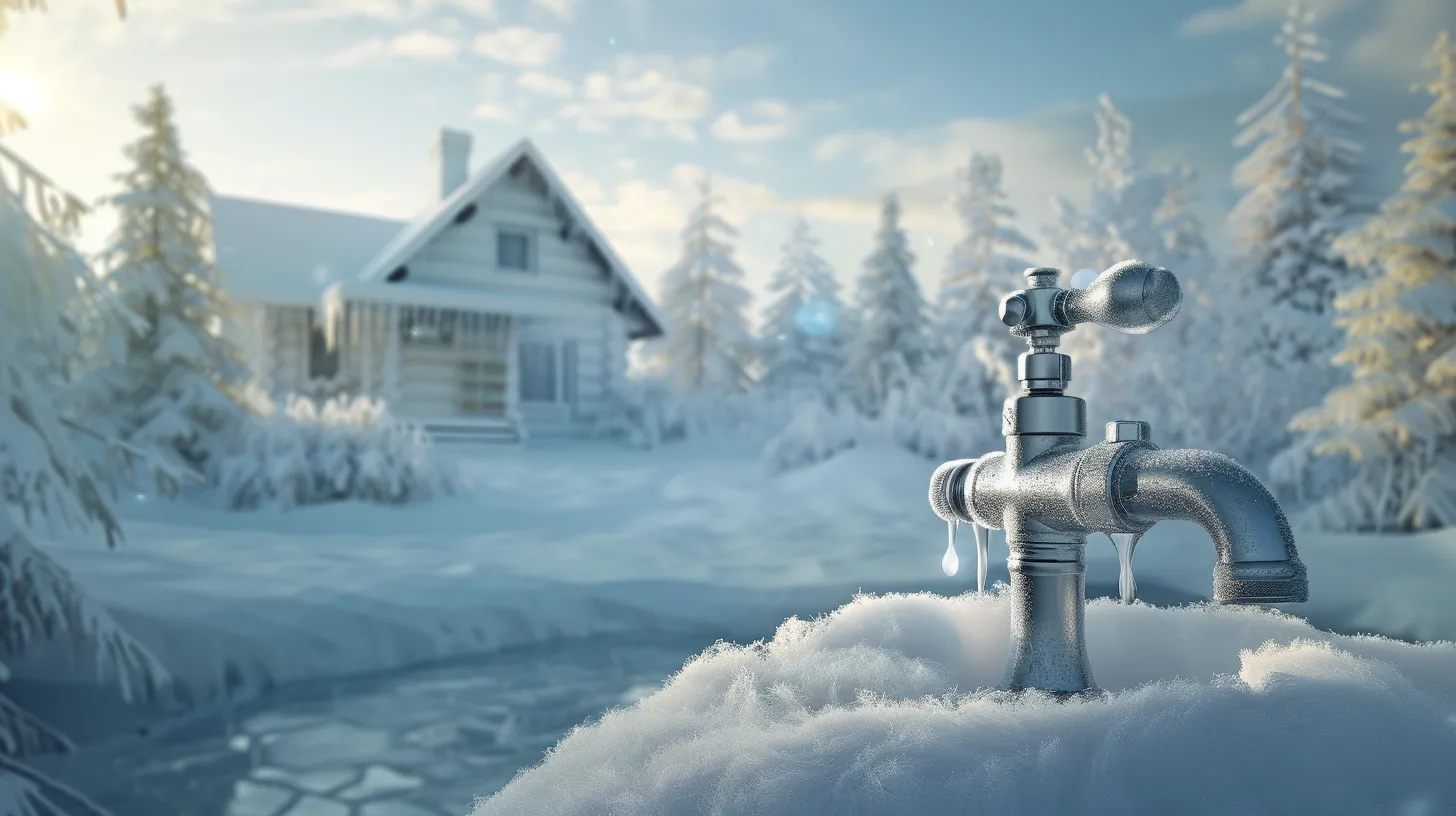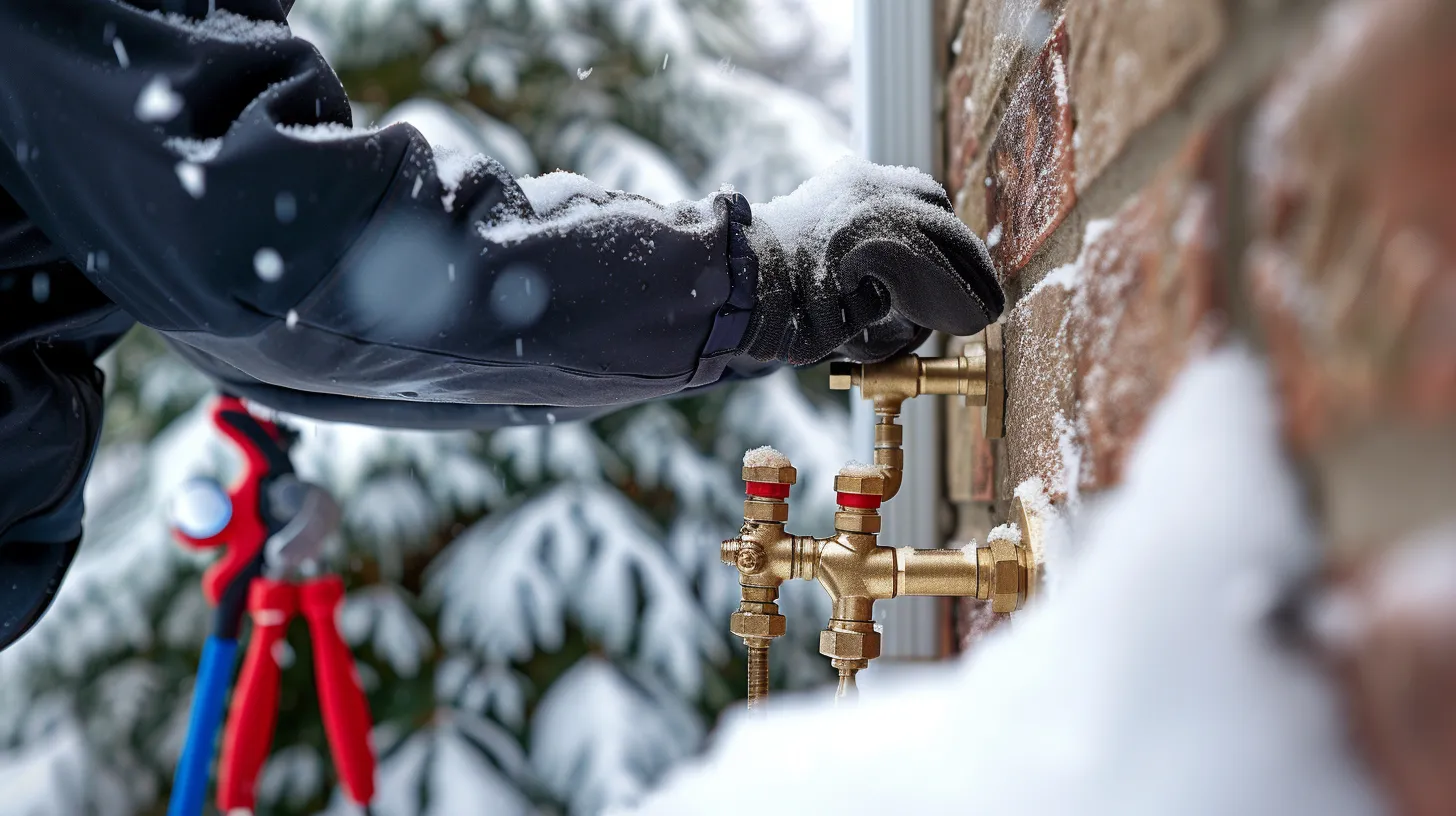As the winter season approaches, homeowners often question the necessity of covering frost-free faucets, despite their built-in mechanisms designed to prevent freezing. These advanced outdoor faucets, while engineered to automatically drain any residual water, may not be entirely foolproof against the harshest of winter conditions.
The debate hinges on whether additional protection, such as insulated covers, is a prudent measure or an unnecessary precaution. This discussion aims to explore the underlying principles of frost-free faucet operation, assess the risks posed by extreme cold, and consider the benefits of supplemental insulation.
By examining professional maintenance tips and protective measures, we can better understand how to safeguard our home's plumbing infrastructure against winter's unforgiving grasp.
Understanding Frost Free Faucets
Frost-free faucets, a significant advancement in plumbing technology, are ingeniously designed to prevent water from freezing within the spigot during cold winter months. Unlike traditional outdoor faucets, which require extensive winterization including the application of outdoor faucet covers to prevent freezing, frost-free faucets integrate a built-in mechanism that naturally averts the formation of ice. This mechanism, primarily centered around an interior shut-off valve located within a warmer interior space, ensures that water does not remain in the section of the faucet susceptible to freezing temperatures.
When properly installed, these innovative devices negate the necessity for additional insulation or external protection typically associated with safeguarding outdoor faucets against the harsh winter elements. The design philosophy behind frost-free faucets is simple yet effective: by allowing water to drain from the portion of the faucet exposed to the outdoors, they eliminate the risk of water freezing and causing damage to the plumbing system. As a result, frost-free faucets are designed to handle freezing temperatures without the need for outdoor faucet covers, offering homeowners peace of mind and reducing the annual winterization workload.
The Mechanism Behind Frost Protection

Understanding the ingenuity of frost-free faucets further, it is essential to explore the specific mechanism that affords them their frost protection capabilities. At the heart of frost-free faucets is a specialized valve located within the heated interior of a building. This strategic positioning is key to preventing the freezing of water within the faucet during cold weather. Unlike traditional faucets, the valve in frost-free models closes off the water supply deep inside the structure, away from the cold exterior.
This design ensures that any water remaining in the exterior section of the faucet can drain out, significantly reducing the risk of ice formation, which could otherwise lead to damage. The absence of standing water in the faucet's exposed parts is crucial for preventing freezing.
Furthermore, the interior shut-off mechanism plays a vital role in the proper functioning of frost-free faucets. It ensures that the water supply is effectively cut off within the warmer interior, safeguarding against the harsh effects of extreme cold weather. While these faucets are designed to prevent freezing, they may still benefit from additional insulation covers during periods of severe cold, offering an extra layer of protection and enhancing water drainage capabilities to further mitigate the risk of freezing.
Assessing Winter Risks

While frost-free faucets are engineered to combat freezing, assessing winter risks involves considering various factors beyond the faucet's design, including local climate conditions and installation quality. Frost-free faucets are designed with a longer stem that ensures the shut-off valve is located within the warmer interior spaces of a home, providing a protective measure against freezing temperatures. This design, coupled with the insulation within the wall, typically negates the need for additional outdoor faucet covers. However, the effectiveness of these faucets in preventing freezing and potential damage to pipes inside the home largely depends on proper installation and maintenance.
Disconnecting hoses from the outdoor faucet and ensuring that the faucet is properly installed are crucial steps in maximizing the protection against freezing. These actions help maintain the self-draining feature inherent in frost-free faucets, which is a key component of their ability to prevent water from freezing inside the pipes. In most cases, these measures eliminate the need for external covers, underscoring the importance of understanding how frost-free faucets work and the role of good installation practices in safeguarding your home's water system during winter.
Protective Measures Explained

To ensure the effectiveness of frost-free faucets in preventing water from freezing, several protective measures need to be diligently followed. These freeze-proof faucets are ingeniously designed with an interior shut-off mechanism that, when combined with integral anti-siphon devices, significantly reduces the risk of water sitting in the exterior section and subsequently freezing. This design is crucial in preventing ice build-up, which can compromise the faucet's functionality during cold spells.
Properly draining water from the outside portion of these faucets is a vital step in maintaining their resistance to freezing conditions. Despite their robust design, frost-free faucets can still succumb to freezing if tiny leaks are present, allowing water to accumulate and freeze. It is, therefore, essential to regularly check for and address any such leaks to maintain the frost-free faucet's effectiveness.
Consulting with a plumber can provide valuable guidance on frost-free faucet maintenance. Plumbers can confirm whether a faucet is truly frost-free and offer expert advice on keeping it in optimal condition, ensuring it remains resistant to freezing even in the coldest months. Through these protective measures, homeowners can significantly enhance the effectiveness of their frost-free faucets.
Professional Maintenance Tips

Having explored the design and protective measures of frost-free faucets, it is equally important to consider the role of professional maintenance in ensuring their longevity and efficiency. As we delve into professional maintenance tips, it's crucial to understand that winterizing outdoor faucets is a pivotal step in safeguarding against the harsh winter conditions. Even though frost-free faucets are designed to resist freezing, an insulated cover prevents any residual moisture from freezing, offering extra protection in extremely cold climates.
The benefit from the extra step of installing an insulated cover cannot be overstated. It acts as an additional layer of defense, enhancing the efficiency of the faucet by preventing ice build-up which can compromise its integrity. Moreover, performing a few simple checks, such as making sure to Shut Off the Water supply to the outdoor faucets before winter sets in, can prevent potential issues. Regular maintenance checks are advised to ensure that the faucet's mechanism is functioning correctly and to identify any signs of wear or damage early on.
Adhering to these professional maintenance tips will not only extend the life of your frost-free faucets but also provide peace of mind knowing that your outdoor faucets are well protected for the winter season.










